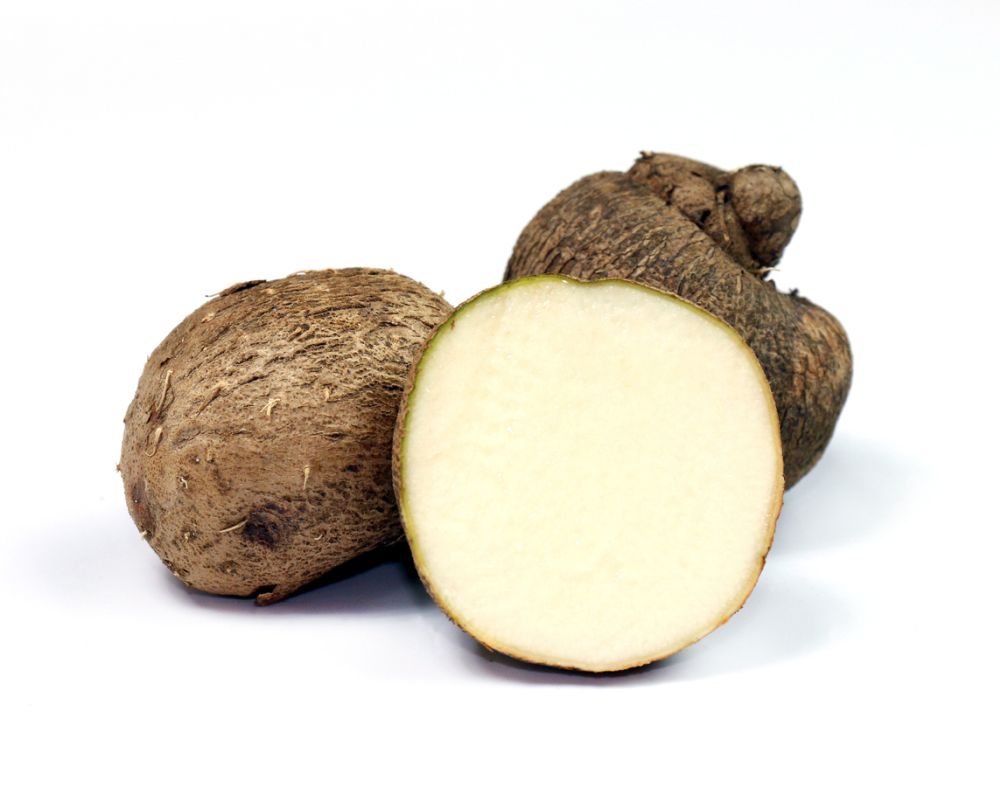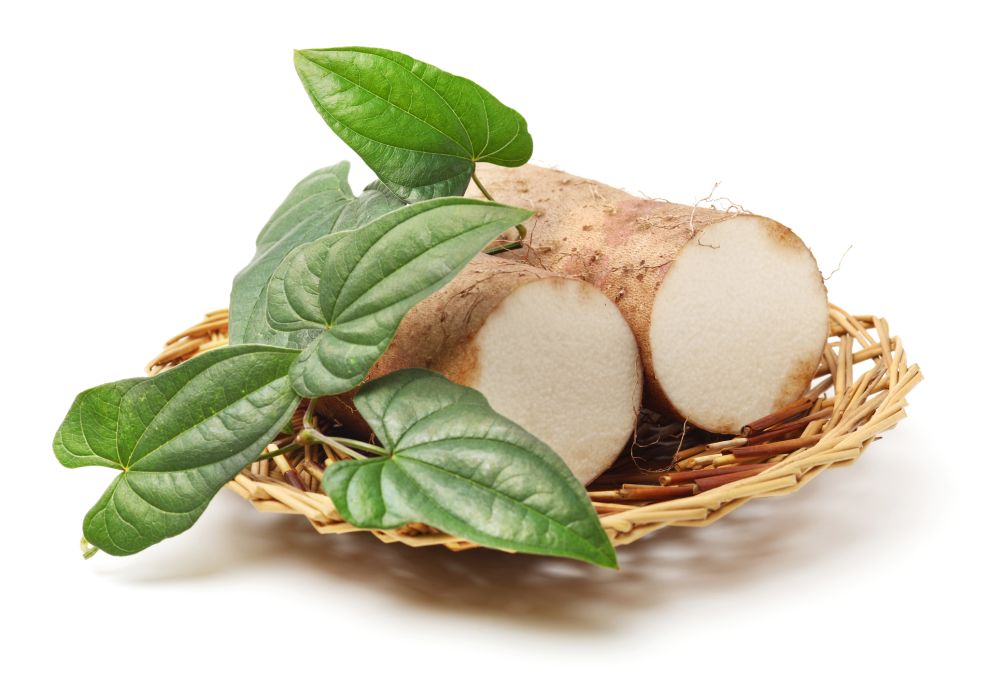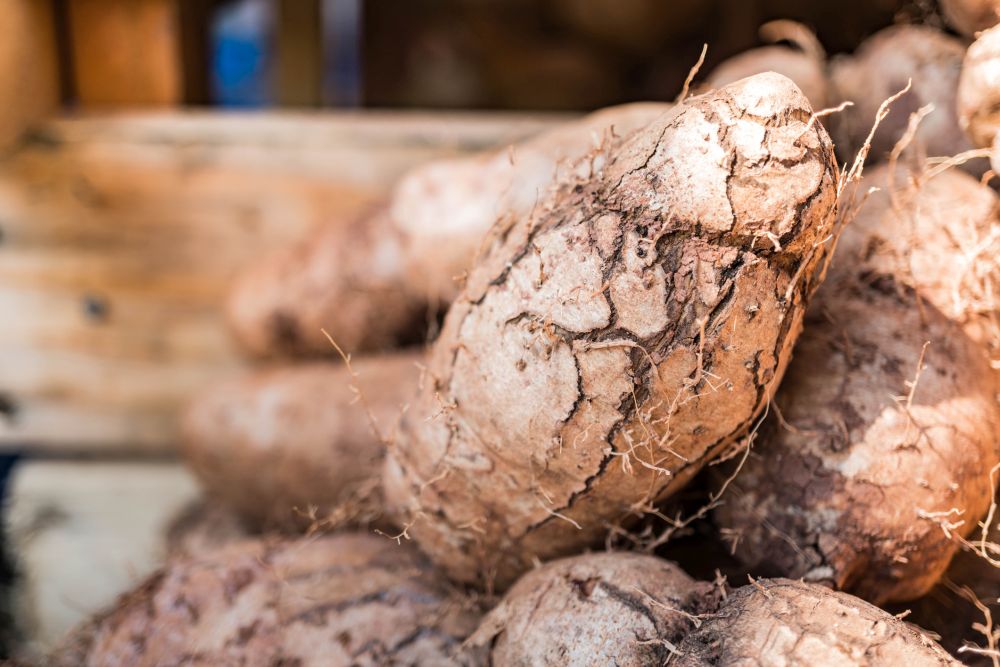Yam Care – How To Grow And Harvest Yam
Yam is the more flavored potato cousin that is quite popular on Thanksgiving. It has a nice floury texture and, whether cooked on its own or with other veggies, always adds a festive ambiance to any meal. But yam is more than just an edible veggie that makes an excellent bowl of soup.
The lush green foliage of the plant is well worth considering the next time you plan to change the landscape around you. And since it’s easy to grow and isn’t fussy about soil type or demands extra care, it’s the perfect veggie to grow and harvest.
If you’re new to growing yam, then this article is definitely for you. Here we discuss the different yam varieties you can grow in your garden, how to plant it, care for it, and finally harvest the delicious tubers.
All About Yam
Despite its resemblance to potatoes and sweet potatoes, yam (Dioscorea trifida) is actually a close relative of grass and lilies. A native of Africa, Asia, and America, yam was around long before potatoes made their way to the Old World on board Spanish ships. However, the majority of the 870 yam species known to science are grown in Africa.
The herbaceous vine thrives in moderate and temperate regions, and you can grow it in zones 4 to 8. And although some of those species are invasive if not downright poisonous, most of the cultivars that we list below are safe to grow and consume.
The yam vine is often large and sprawling. It can reach 6 feet high and 50 feet across. However, some species, such as the Chinese yam, grow to 9 feet high and 1.5 feet wide. As for the tubers, they usually grow deep in the soil, and you’d have to dig them up at harvest time.
When the yam tubers are ripe, the color of their skin changes to either brown or pink. The flesh inside varies from white to pink or purple, depending on the cultivar you grow. And while the tubers are the edible parts, they also moonlight as the seeds tasked with the preservation of the species. You can plant a whole tuber or just a part of it to start a new yam vine, as we’ll see later.
Yam Varieties
Choosing the right yam variety is not just about picking the one with a good flavor. It’s also about selecting a cultivar that fits in your garden and suits your zone. Here are some varieties you can grow in your garden even if you have no prior experience with yams.
- Chinese Yam: A native of China, this variety grows on sunny slopes and reaches about 9 feet high and 1.5 feet wide. It grows well in zones 4 to 8 and can handle all types of soil. The fruit has firm flesh and a mild taste. You can bake it, boil it, or use it in stews as a good replacement for potatoes.
- Guinea Yam: One of the many yam species that grow in Africa. This is a giant vine with matching tubers. The average yam tuber weighs about 5 pounds. So it’s more suitable for large farms than a small to medium garden. The flesh of the yam can either be white or yellow. It doesn’t have more flavors than your average potato, so use it anywhere you’d cook potatoes.
- Ube: A relatively new variety in the American market, ube originally comes from the Philippines. The skin of the tuber is often brown, but the flesh is deep purple. It has nice flavors and cooks nicely in beef stew.
- Okinawan Yam: A native of Hawaii, this yam is packed with taste and flavors. You can roast it to bring out the sweetness and rich flavors. The flesh is also deep purple like ube yam.
You might find other “yams” in the grocery store, such as American yam and golden yam. However, and despite their name and popularity in Thanksgiving meals, these are actually sweet potatoes. Both of these veggies are the kind of variety you wouldn’t want to grow in your garden simply because they have nothing to do with yam.
How to Grow Yam
There are many ways you can start yam in your garden, and they all involve using the tuber. First, you need to make sure you’re holding a yam tuber in your hand and not a sweet potato. The yam tuber is roundish, with brown or pink skin, and has firm flesh and floury texture. The sweet potato is more elongated, thin, and has white to orange flesh. Now that you’re certain that you have a yam tuber, you’re ready to plant it in your garden.
- Select a healthy-looking yam tuber with no cuts or lesions on the skin.
- Cut the yam in half and keep one half.
- Stick three toothpicks in the top of the tuber at different angles.
- Fill a jar with lukewarm water.
- Drop the tuber in the water so that half of it is submerged while the toothpicks rest on the rim of the jar.
- Keep the jar near a heat source or put it on a window sill that gets plenty of sunlight.
- Refill the jar whenever the water levels drop so that the bottom half of the tuber remains underwater.
- After a few weeks, sprouts will emerge from the top half of the yam.
- When the sprouts develop leaves, twist off one sprout with your fingers.
- Place the sprout in a glass full of water and keep the leaves out of the water.
- After a few days, the sprout will develop roots.
- After the last frost, break the topsoil in your garden and loosen it with organic materials.
- Dig a hole about 4 inches deep and the same in width.
- Place the sprout in the hole and fill it back with soil. Pack the soil gently to force out air pockets.
- Water the sprout immediately to get the soil moist.
Yam Care
Although the process of starting yam vines from a tuber sounds involved and lengthy, it’s easy enough for any gardener to pull it off. When the plant is about 4 weeks old, you’ll need to install a stake near its base. Be careful not to damage the roots when putting down the stake. The vines will climb on the stake and spread out.
Soil
In the wild, yam practically grows in any soil type. It only draws the line at clay soil. Since the tubers grow deep in the soil, yam prefers loose and well-drained soil. This type of soil allows it to spread out and develop its robust root system and tubers without much resistance. So if you have clayish soil in your garden, you can amend it with coarse sand and plenty of organic materials to loosen it up. As for the soil pH, you will need to test it before planting the yam sprouts. If you get a reading above or below 5.5 to 6.5, then you need to amend the soil to bring it close to those levels.
Water
One look at the dense foliage and the tubers gives you an idea of how much water yam needs. Surprisingly it’s not that much compared to plants of the same size and fruit productivity. During the first week of the yam’s sprout life, you’ll need to water it once a day. Keep the soil moist but not soaked or even wet. Once the vine starts to climb on the stake, cut back watering to once a week. The vine usually needs about one to two inches of water per week. As usual, you should factor in any rainfall in your area and adjust your watering schedule according to the amount of rain your vine gets.
Mulch
Mulching is an important part of the yam vine’s growth and success. It retains the moisture in the soil and prevents weeds from growing around the vine. Yam is not very competitive, and any issues in the soil such as pests or roots of other plants would cause it plenty of distress. So lay a 3-inch thick layer of straw or hay in a circle around the vine. Don’t let the mulch touch the base of the yam since that could cause it to rot. Mulch also protects the tubers as they grow in the soil against temperature fluctuations.
Fertilizer
If you plant yam in rich soil, then you won’t have to worry about fertilizing it. As long as the soil has plenty of organic materials, then the vine will grow at a fast rate without issues. However, poor soil impacts the growth and productivity of yam. So ensure you have mixed plenty of rotted manure or compost in the soil before planting the yam sprout. When the vine starts to climb the stake, feed it with a custom 6-12-12 fertilizer. The fertilizer should be low in nitrogen but high in phosphorus. This will encourage the vine to focus on developing tubers rather than growing lush green foliage. Add organic compost later on an as-needed basis.
Pests and Diseases
Both mealybugs and white scale insects are the main bugs you have to worry about when growing yam. Mealybugs go after the sap in the leaves and spread diseases in their wake. Kill them with neem oil, or spray the vine with diluted alcohol. White scale insects, on the other hand, are attracted to the tubers. If left unchecked, they could damage the tubers and impact your crop. Use neem oil to get rid of these pests safely.
As for diseases, watch out for yam mosaic disease. It’s often spread by bacteria that aphids carry. The symptoms include lesions in mosaic patterns on the leaves, and it leaves the tubers shrunk in size and lacking starch and flavors. Remove infected leaves, keep aphids at bay, and remove any weeds around the vine.
Dry rot disease also causes lesions on the tubers. These lesions later make their way into the flesh of the tuber, causing them to crack. To prevent this disease, rub your tuber with ash before you get it to sprout. Ash kills the nematodes that cause dry rot disease.
Harvesting Yam
It takes yam tubers up to 8 months from the time you start the vines to become ripe. That’s a long time for a plant to grow in the garden. Usually, by mid-fall, the yams are ready to harvest. The first sign is the leaves turning yellow and falling off the vine. Give it another couple of weeks before you start digging for the ripe tubers.
Use a fork and start at the base of the vine. Follow each tuber underground, then cut it off with a clean blade. Store the tubers without washing the dirt off them.


